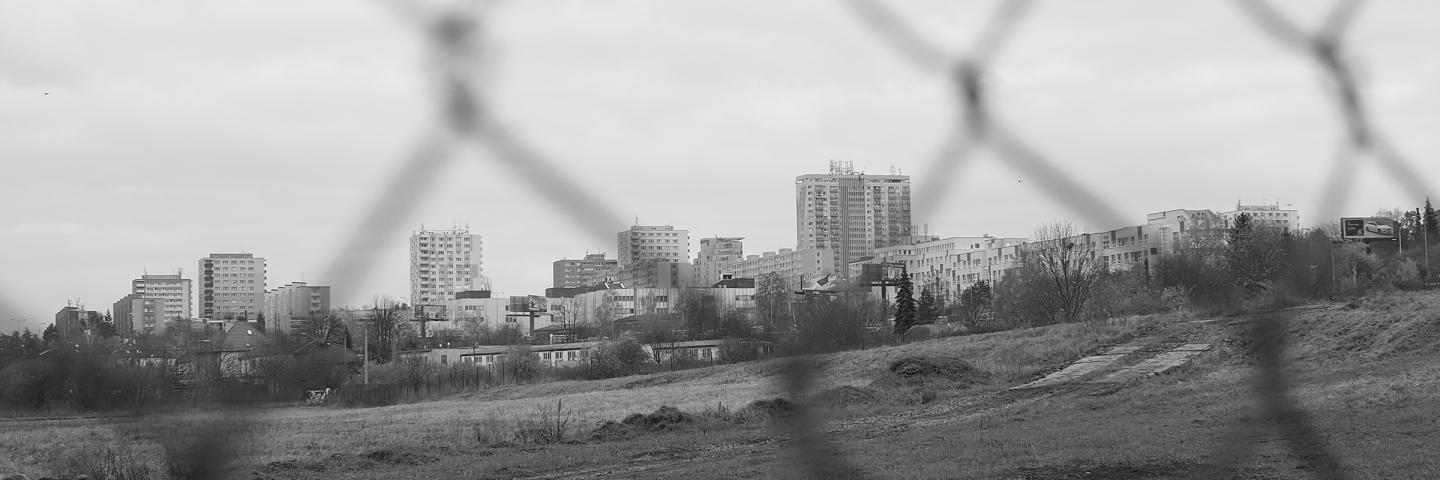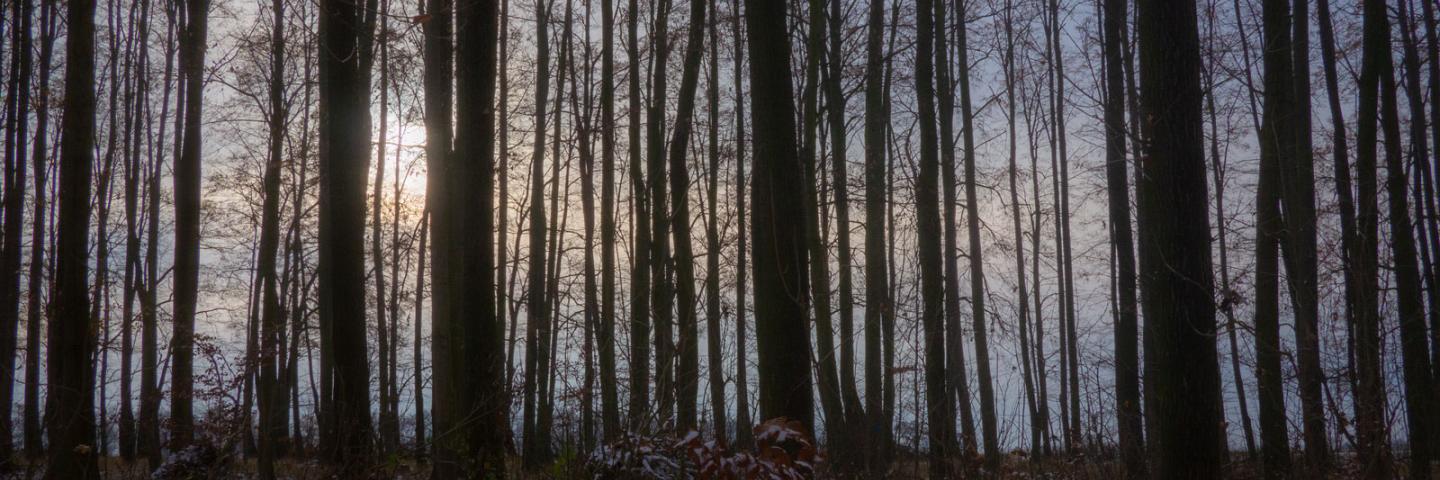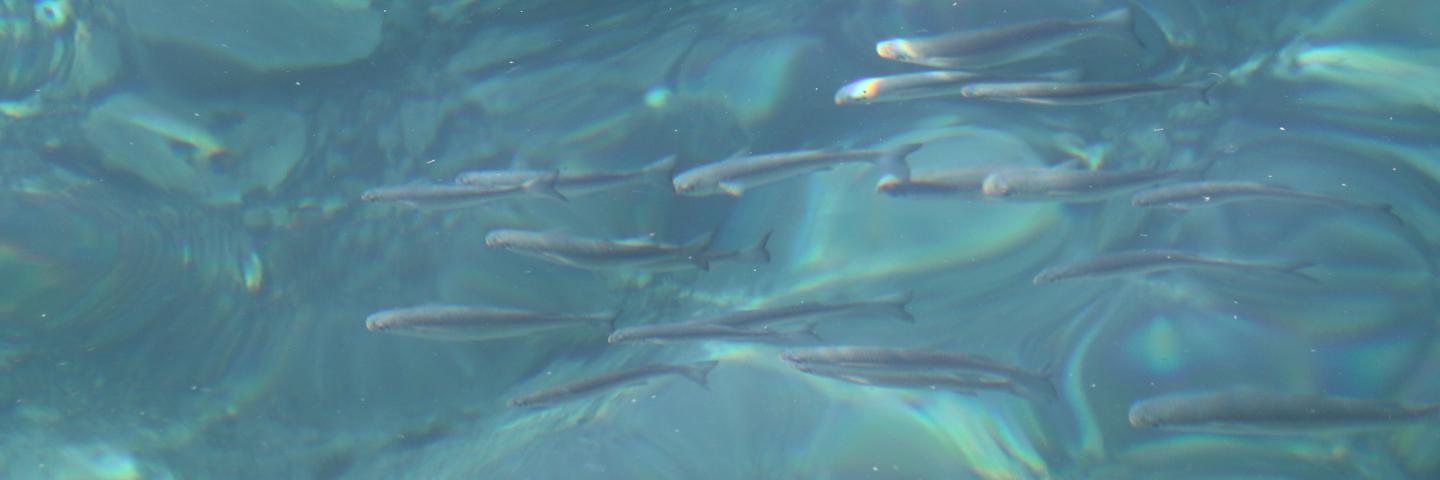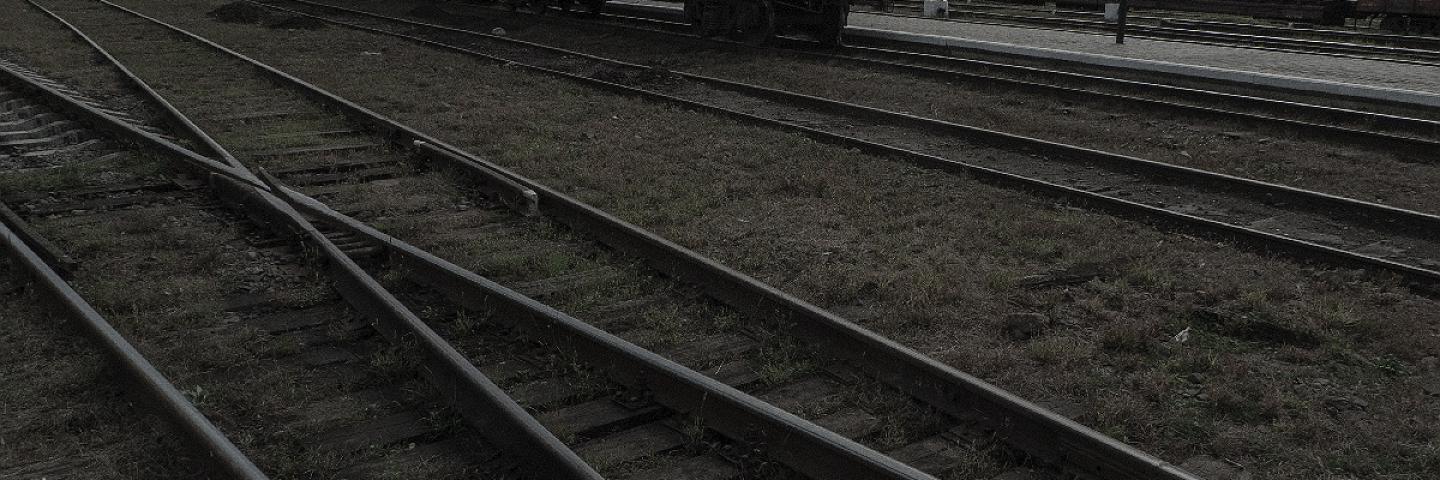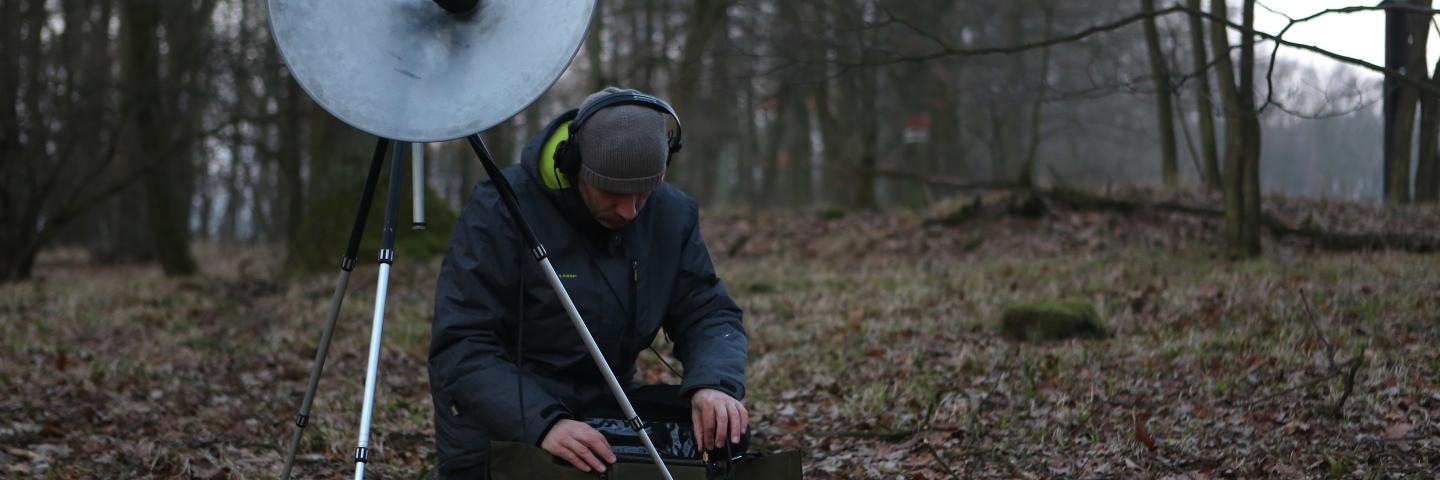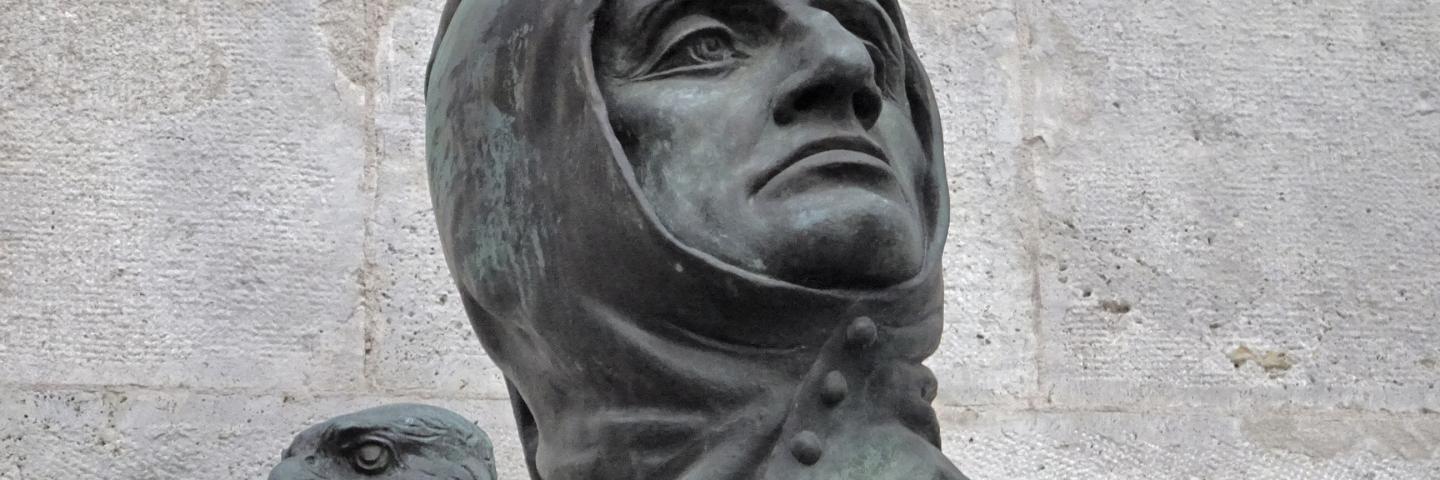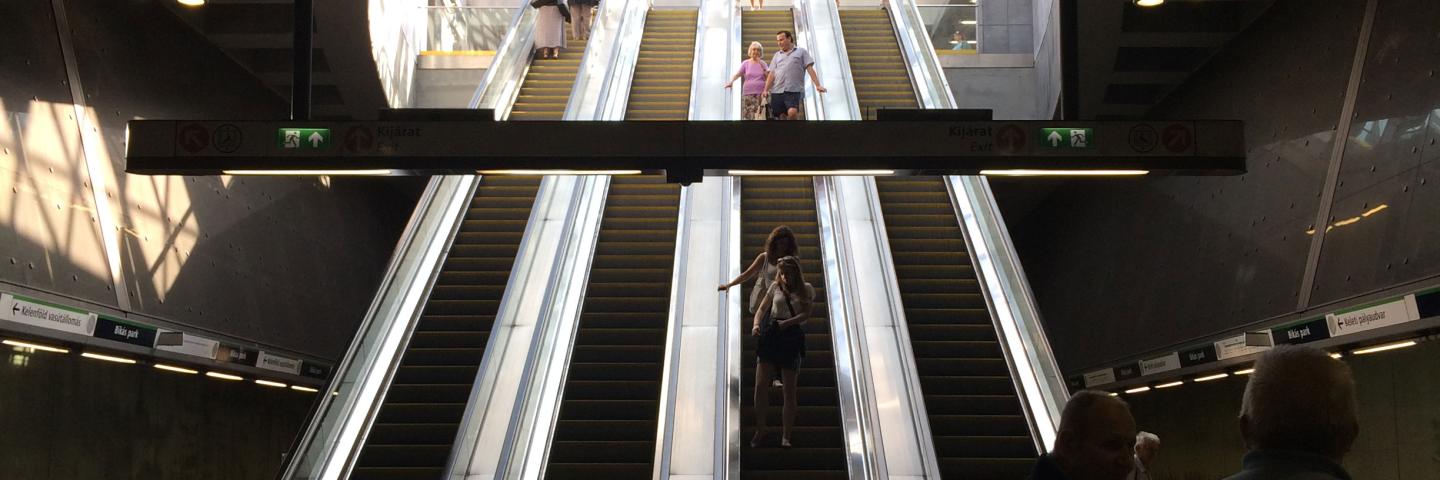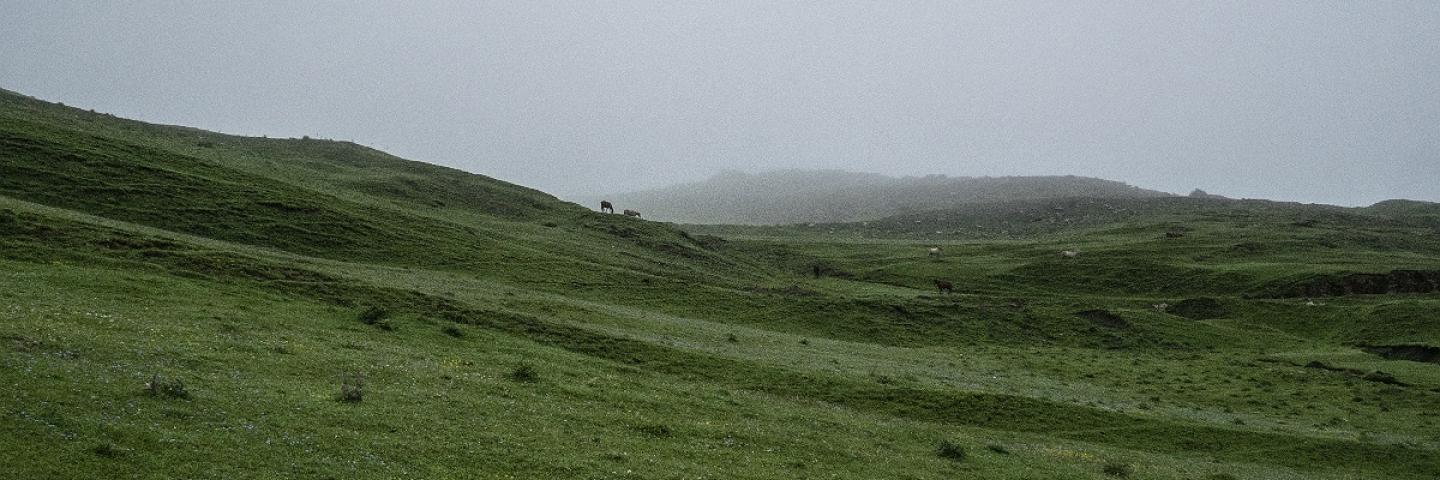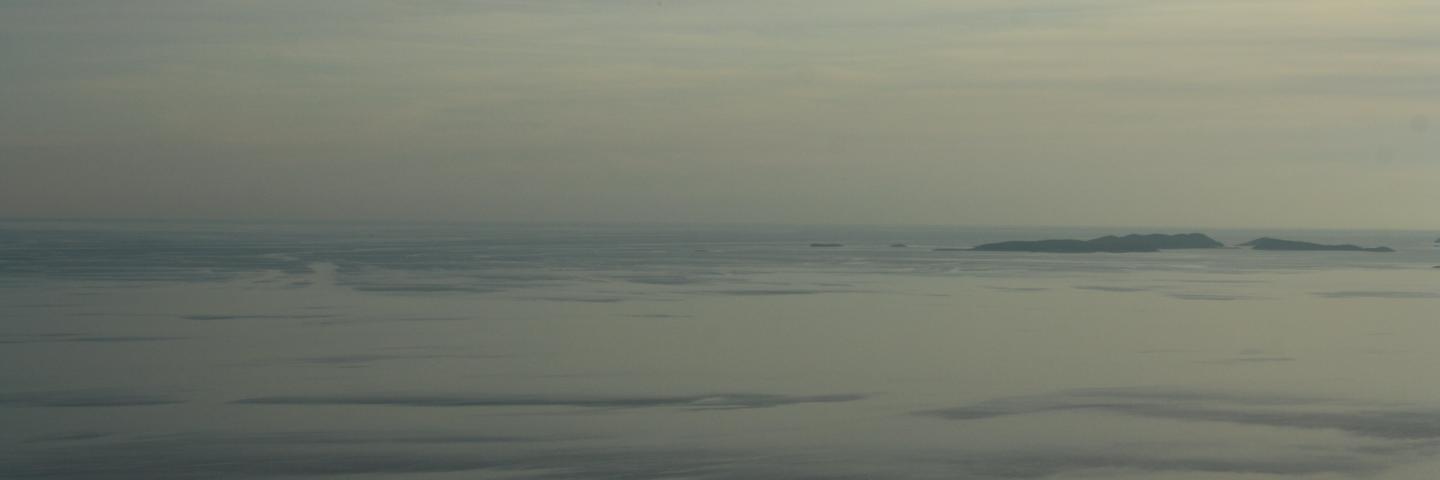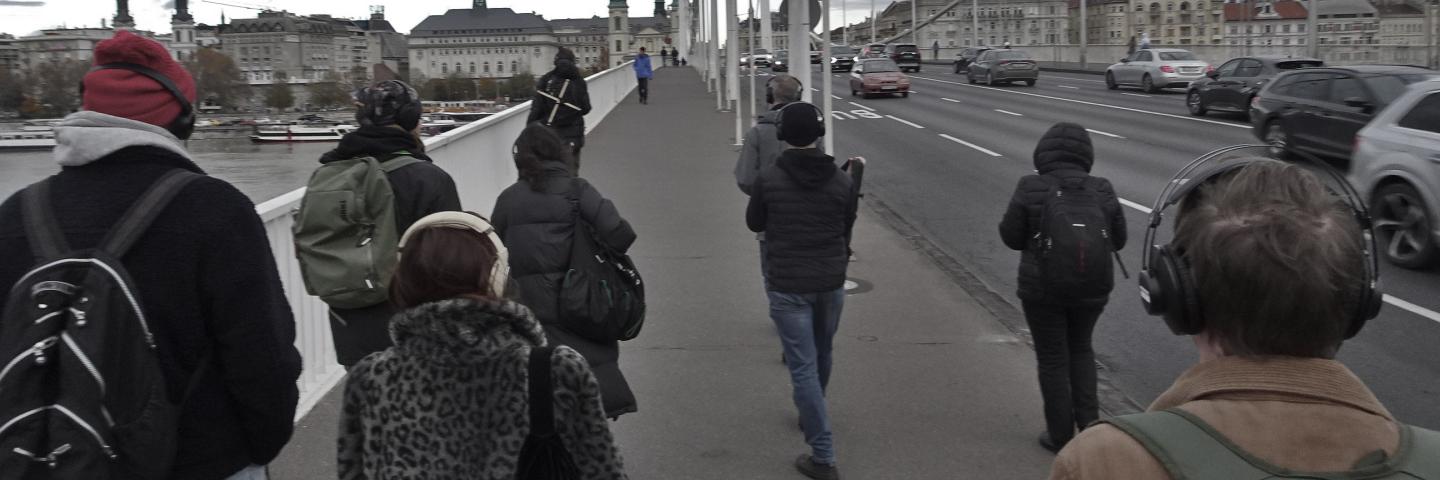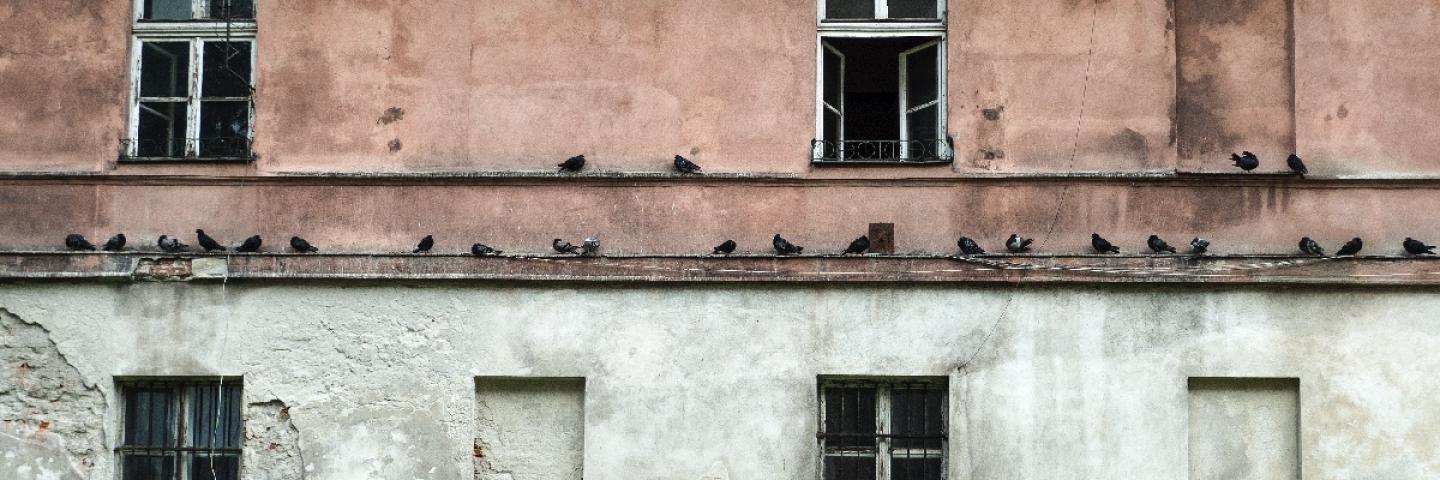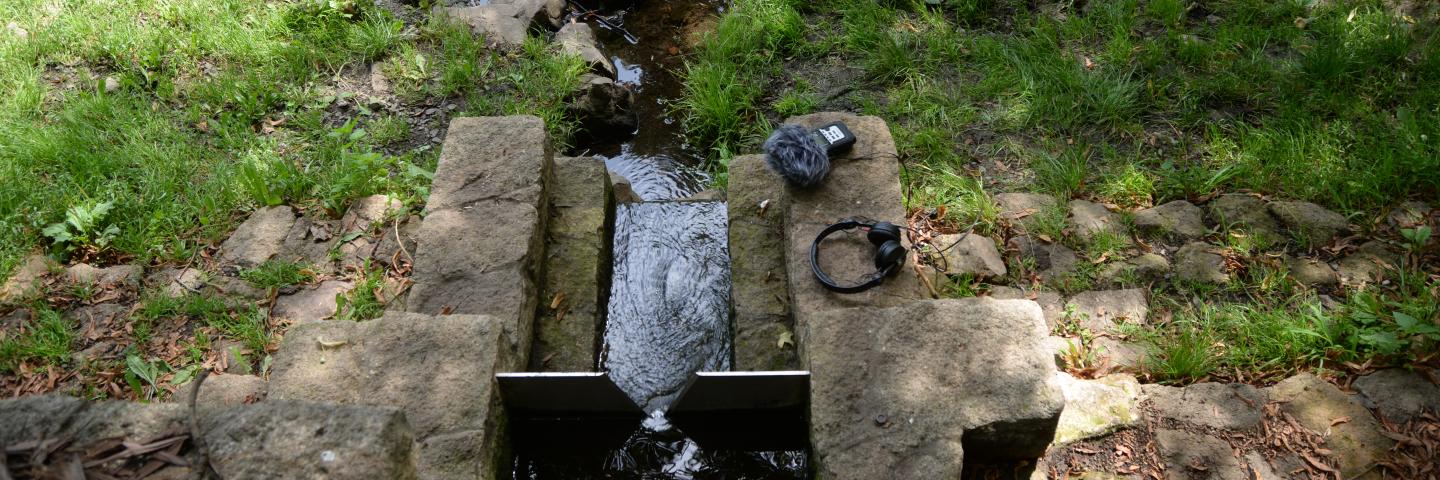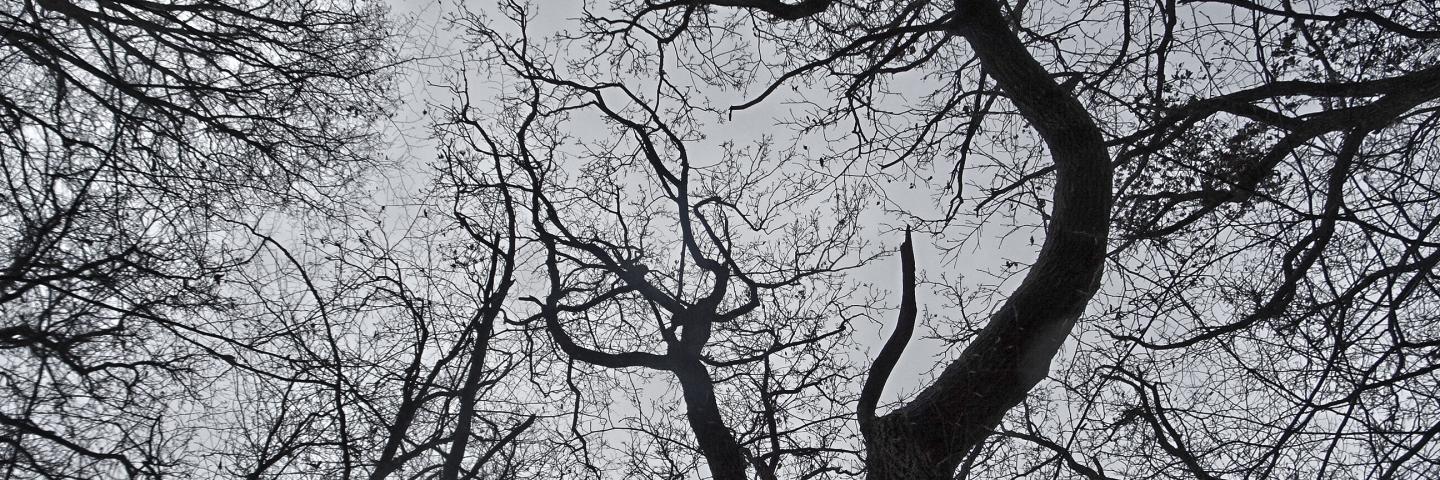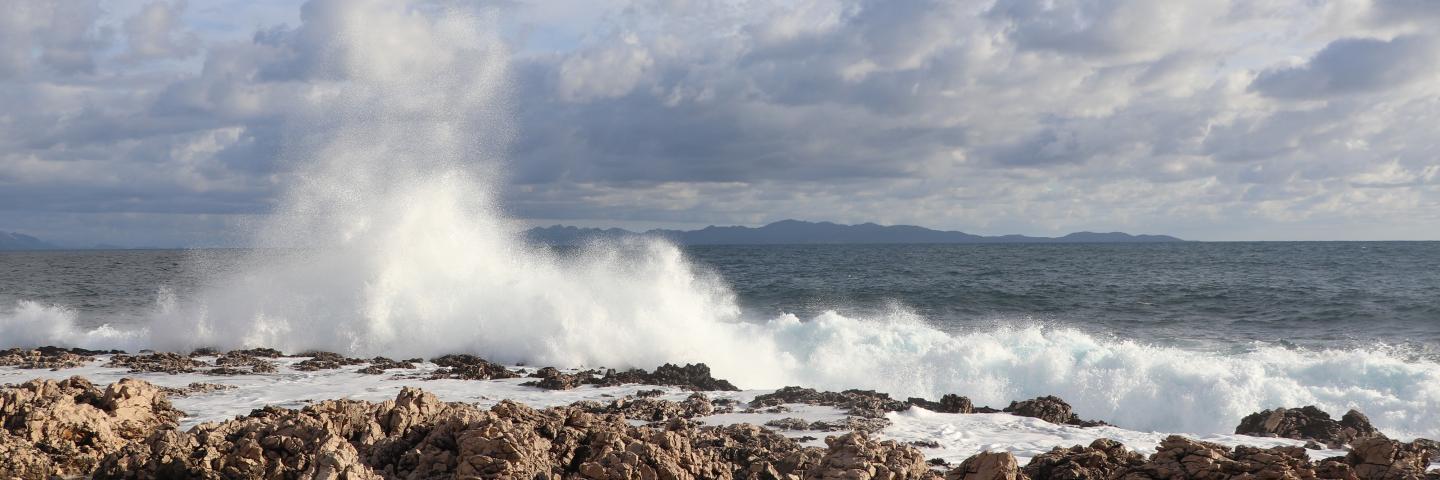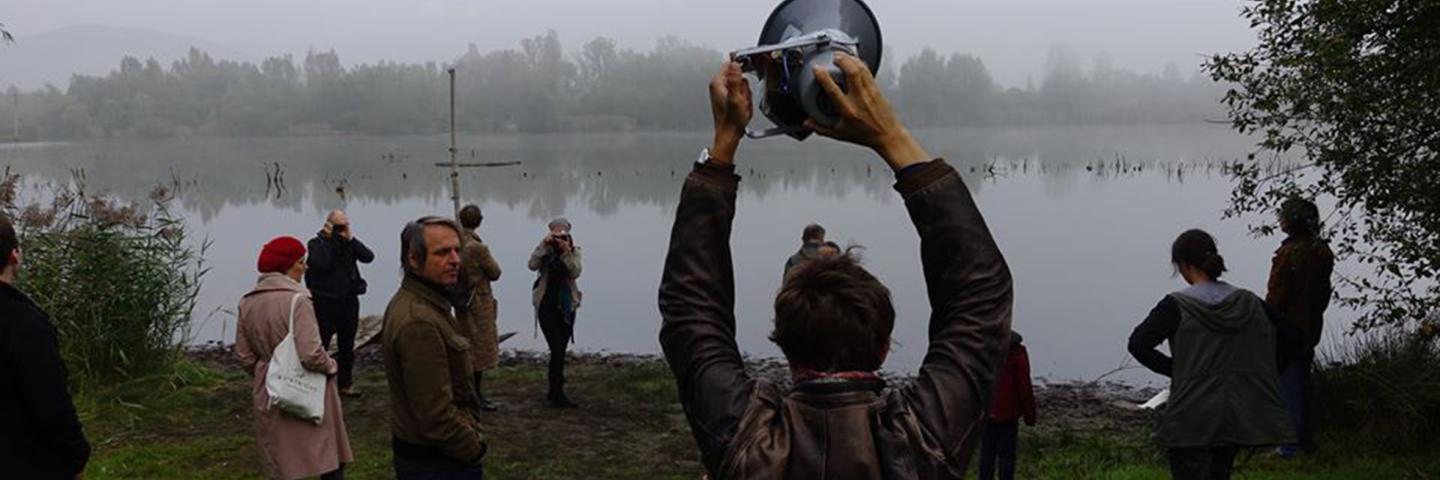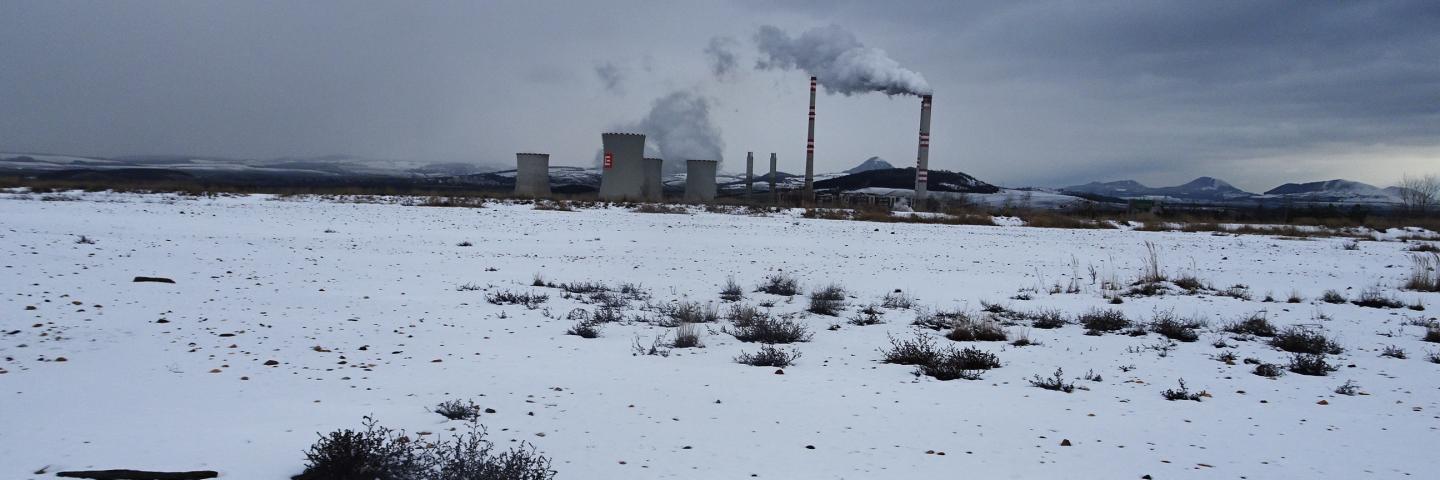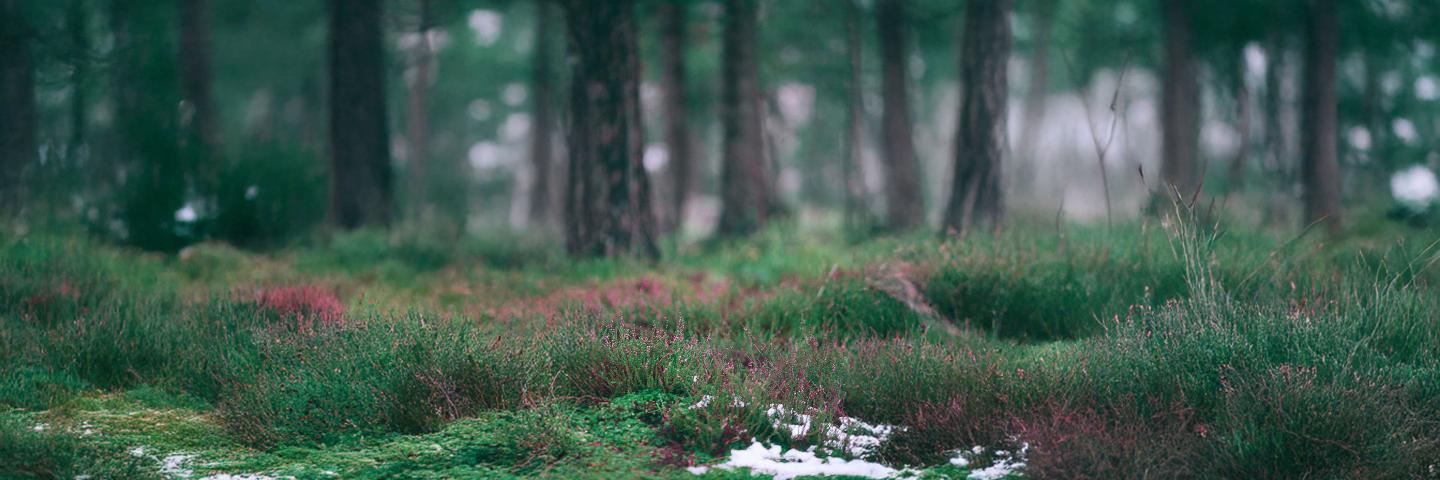Open Call: Beyond Listening 2025: Walking-with changes
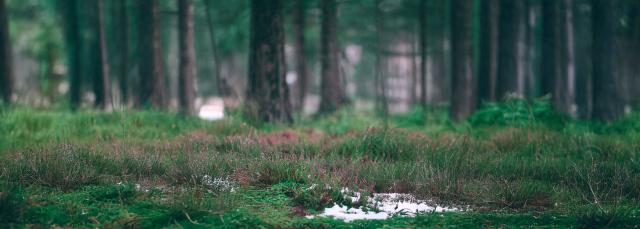
Open Call: BEYOND LISTENING 2025: WALKING-WITH CHANGES
23–26 SEPTEMBER 2025, LJUBLJANA
Deadline was: 10 Feb 2025
About the Beyond Listening Symposium
The aim of the Beyond Listening symposium is to provide a transdisciplinary forum for the achievements in recent years and to foster further exchanges, communication and networking during the years to come. We pay special attention to the region of Central Europe, but the geopolitical range of its subjects remains open to the broader world.
Beyond Listening: Agency, Art and the Environment
International Symposium on Sonic Ecologies
21 to 25 November, 2023
Moholy-Nagy University of Art and Design Budapest (MOME)
The aim of the conference is to provide a transdisciplinary forum for the achievements in recent years and to foster further exchanges, communication and networking during the years to come. We would like to pay special attention to the region of Central Europe, but the geopolitical range of its subjects remains open to the broader world.
Sound and Environment: New CENSE Conference Publication from 2019, 2020
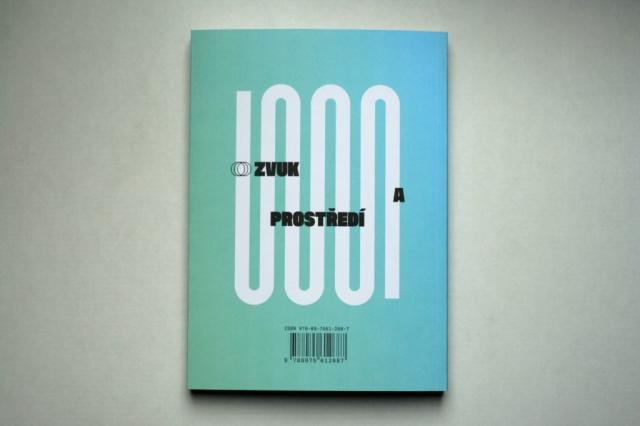
The publication is a culmination of the international interdisciplinary conference Murmurans Mundus: Sonic Ecology and Beyond, which took place in October 2019 at the Faculty of Art and Design of Jan Evangelista Purkyně University in Ústí nad Labem organized in cooperation with partners from Poland, Hungary, and Slovakia. The book focuses on current matters of acoustic ecology at the intersection of fine arts, design, music, and education, and it explores the possibilities that this discipline has to offer for reflection on today’s transforming world. The book was published in both English and Czech. (From the preface.)
